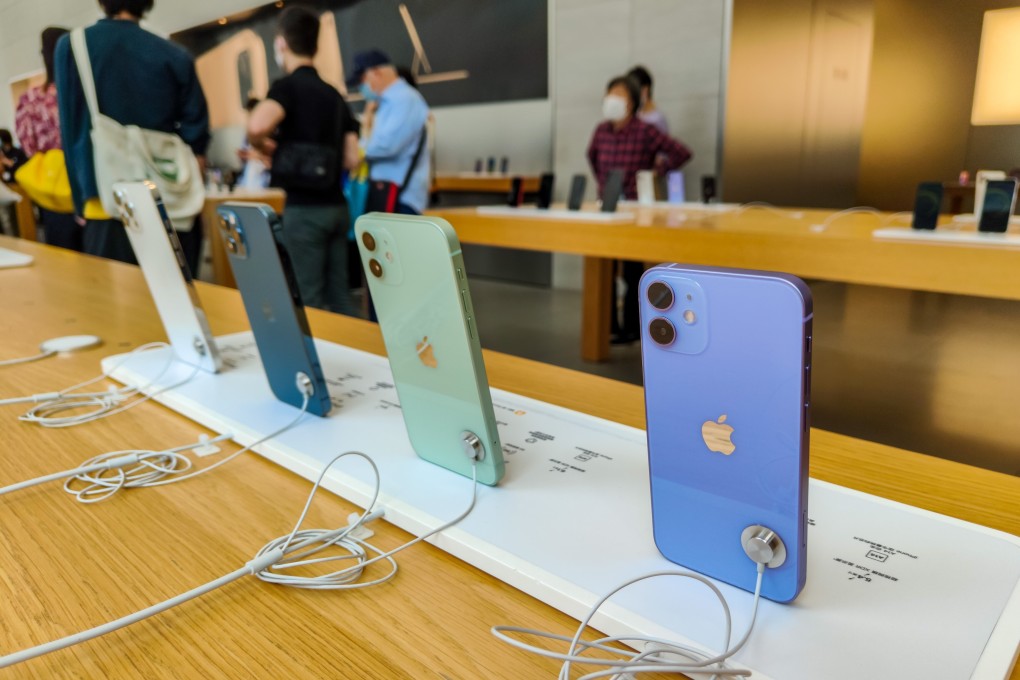Apple says semiconductor shortage will affect iPhone production in fourth quarter
- Driven by better-than-expected iPhone sales, total revenue in the quarter hit US$81.43 billion, with China sales up 58 per cent to US$14.76 billion
- Upgrading for 5G appeared to be driving a better buying cycle for iPhones than many analysts expected

Apple Inc said on Tuesday that a global chip shortage that has bit into its ability to sell Macs and iPads will start to affect iPhone production and forecasted slowing revenue growth, sending its shares lower.
Apple executives said revenue for the current fiscal fourth quarter will grow by double-digits but be below the 36.4 per cent growth rate in the just-ended third quarter. Growth will also slow in Apple’s closely watched services business, they said.
In a conference call with investors, Apple executives also said that while the impact of the chip shortage was less severe than feared in the third quarter, it will get worse in the fourth, extending to iPhone production.
Shares of Apple, whose valuation has more than doubled in about three years to nearly US$2.5 trillion, were down 1.7 per cent to US$144.24 in after-hours trading after the call.
Driven by the better-than-expected iPhone sales, total revenue hit US$81.43 billion, above analyst expectations of US$73.30 billion, according to IBES data from Refinitiv. Apple’s profits were US$21.74 billion, or US$1.30 per share, above estimates of US$1.01 per share, according to Refinitiv.